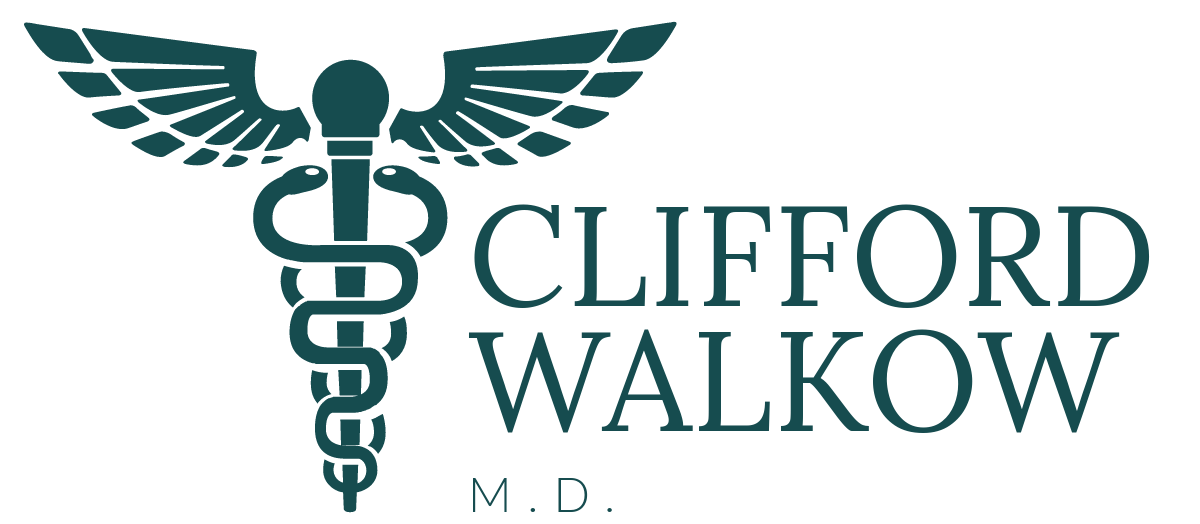Welcome to my website! I am looking forward to helping you live with less pain and more enjoyment. As you know, chronic unremitting pain can take over every aspect of life. After a while, pain impacts your job, your relationships and even your outlook on the future.
Pain is a noxious sensory stimulus that also has an emotional component. Pain can range from mildly distressing to agonizing. Because pain has an emotional component, the perception of pain can vary depending on the circumstances when it occurs. Normally pain serves as warning that a part of the body is either injured or at risk for injury. The source of injury can be something straight forward, like putting your hand on a hot stove, or it can complex and difficult to understand, like migraine headaches, autoimmune states and chronic inflammation.
In normal circumstances, pain goes away with either healing of the injury/illness or when the risk of injury is removed. For most types of pain, when you treat the underlying problem, the pain goes away. Even with severe injuries, time usually allows the body to heal itself, and the pain fades as the tissues rebuild and become whole again.
For some people, pain does not go away even after recovery from the underlying injury or illness. This is chronic pain. Chronic pain is not normal. By definition, chronic pain persists 3 months or longer. This type of pain may vary in intensity and may even be gone completely at times, but it is present more often than not.
Pain in this setting may persist due to damage to ligaments/tendons, muscles or joints that cannot be ‘fixed’.
Other causes of chronic pain include nerve damage or chronic inflammatory states that do not heal, as well as incurable structural problems in the spine, joints, and soft tissues like the muscles, tendons and ligaments. Some chronic pain is caused by known conditions that are incurable such as chronic pancreatitis, Crohn’s disease, autoimmune disease, scoliosis, degenerative disk disease, arthritis etc.
For other people, the initial cause of their pain is not clear. For a host of painful conditions, the underlying cause may not be known with our current scientific understanding. Conditions such as chronic headaches, fibromyalgia, interstitial cystitis and others come to mind.
My focus is on managing pain in a manner that does not do further damage to your ability to enjoy life and function at the highest level possible. This brief paper is to outline my approach to chronic pain and give you the reasons for my approach:
Treatment of pain takes more than a single approach. Because pain involves the structures of the body, as well as the physiology/chemistry of the body, a single approach is rarely successful. In other words, there is usually not a single drug or intervention or therapy that by itself is sufficient to treat chronic pain. I take a three-pronged approach to my attack on pain utilizing medications, rehabilitation and directed procedures together to maximize our chances of success. Each area attacks pain in a different way. In war it takes air power, naval forces and ground forces to defeat an enemy. Pain is a formidable enemy, so I attack it accordingly.
Imaging-Guided Procedures
Fluoroscopic- and ultrasound-guided procedures make up one arm of my attack for many pain states. The goal of the procedures can be to make physical changes to space around nerves and the spinal cord, to disrupt a sustained nerve hyperactivity or to simply block the ability of a nerve to send a pain signal to the brain. Some of these procedures can give long lasting relief to the point of being considered a cure. Some of the procedures will only give a few months of relief at a time and must be repeated for the pain to be controlled. I will address the individual procedures in other sections of this website.
Rehabilitation
Rehabilitation and home care are another important component in the treatment of pain. The goal of rehabilitation is to improve the function of the structural components of the body involved in pain. The spine, the nerves where they exit the spine, and the muscles that support these structures are key targets in rehabbing chronic pain states. This is where you can take control of your fight with pain. Your commitment to your rehab will help you get the best possible results from my three-point plan.
Medicine
Medications are the final arm of my approach and are also the most variable area in our war on pain. Many of the medications traditionally used to treat pain are dangerous and carry potentially harmful side effects. I strive to use medications that will provide physiological benefits that may actually help treat the root of the pain and not merely cover up symptoms. Also in this category comes food and substances that can make pain worse and healing more difficult.
Treating chronic pain requires a partnership between you and me. I hope you will feel at home in my practice. I know it can take time to get an appointment and that you may wait longer than I like. Medical care is not like a fast food establishment. The people who come to see us are those who have not found success in other approaches. Overall, I am able to help approximately 80% of our patients.
